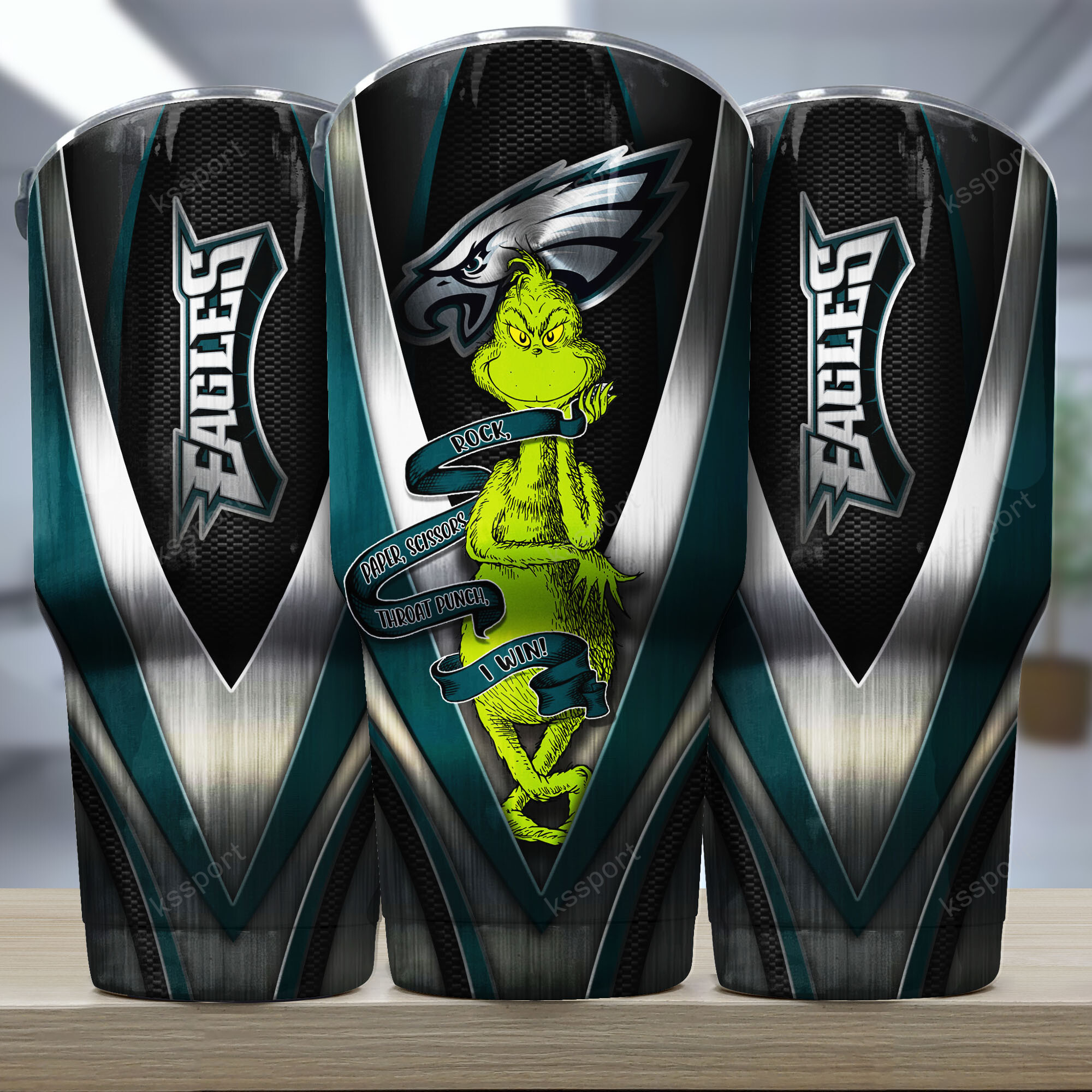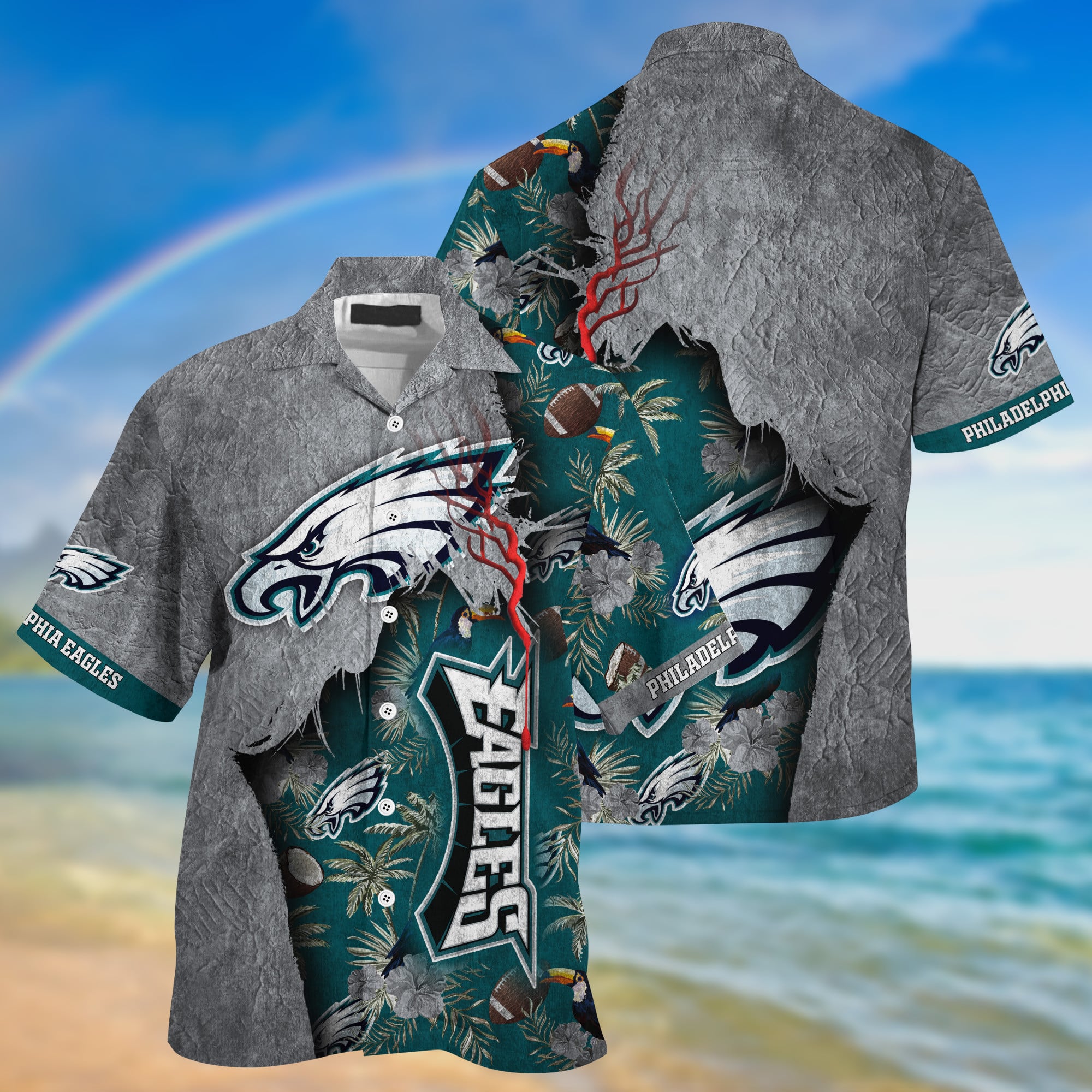NFL News
Carson Wentz’s path from Philly to D.C. says a lot about the modern NFL
One of the most remarkable parts of Carson Wentz’s NFL career is the sum of what teams have paid to acquire and jettison him. In six years, three teams have combined to exchange several players, more than a dozen draft picks and hundreds of millions of dollars for the quarterback.
The full spiderweb of transactions that brought Wentz from North Dakota State in 2016 to the Washington Commanders in 2022 has involved 15 teams, 60 players and three future high draft picks.
In all, those deals have changed franchises — including Washington, which has in total garnered nine players, including center Chase Roullier, quarterback Sam Howell and, of course, Wentz himself.
Even more absurdly circular: The most valuable asset Philadelphia recouped by trading Wentz to Indianapolis — a 2022 first-round pick — ended up being traded to New Orleans and then Washington, which used it on receiver Jahan Dotson, now one of Wentz’s top weapons.
ESPN analyst Mike Tannenbaum, a former general manager of the New York Jets, said the mountain of assets moved for Wentz wasn’t surprising, in part because the former No. 2 pick has a higher ceiling than the other quarterbacks available.
“People see Carson Wentz as somebody you can win with,” Tannenbaum said.
The first trade for Wentz — when a team enamored with a prospect paid a king’s ransom to move up in the draft — and the last one — when an angry owner shipped a disappointing player out of town — were fairly standard. But some see the second trade as one of the inflection points for modern NFL roster-building. In early 2021, Philadelphia traded Wentz to Indianapolis and absorbed a record $33.8 million salary cap hit, known as “dead money” or “dead cap.”
The deal highlighted two central, often-linked points: Teams have become more aggressive with their rosters, acquiring ever more firepower or stripping to studs, and the competition for quarterbacks is fiercer than ever.
On Sunday, when Wentz faces Philly for the first time, the matchup will underscore those trends. The Eagles will start Jalen Hurts, the player they picked in the second round of the 2020 draft, just nine months after they’d given Wentz a record four-year, $128 million extension. And Wentz will play for Washington because not only were Philadelphia and Indianapolis aggressive in getting rid of him, but the Commanders were aggressive in acquiring him for two mid-round picks — a price some experts considered too high, considering the Colts might have just cut him instead.
“We’ll find out,” Wentz said when asked if he’ll be emotional facing his former team. “I’m excited for it just because of the nature of the game.”
Looking back at the 2021 trade, Pro Football Focus analyst Brad Spielberger said Philadelphia’s willingness to absorb such a large dead cap hit is important because it wasn’t often done. In the past, he said, teams often felt hamstrung by players with large dead cap hits. Even if a player were underperforming — or if he were a star on a bad team — GMs felt pressure to keep him and avoid dead cap for many reasons, including financial leverage and ticket sales.
In the past couple years, the Los Angeles Rams defied convention. They decided to move on from three stars with big contracts — running back Todd Gurley, receiver Brandin Cooks and quarterback Jared Goff — and did so quickly, despite absorbing more than $60 million in dead cap. After things fell apart for Wentz in Philadelphia, the front office hit the same detonator by trading Wentz and spending about one-sixth of the Eagles’ salary cap on a player who didn’t play for them that season.

Those moves, Spielberger said, helped normalize large dead cap hits and also fit into a broader trend of more aggressive moves by teams in competitive windows. In 2020, Buffalo used the leverage it gained from tearing down its roster to trade for receiver Stefon Diggs and give him a big contract. Since Cincinnati drafted quarterback Joe Burrow, the front office has gone on unprecedented spending sprees in two free agencies to surround him with talent.
This spring, after the Rams won the Super Bowl, the aggressive approach was the talk of the NFL owners’ meetings.
“People realized you could win a Super Bowl without draft picks,”Baltimore Ravens Coach John Harbaugh told reporters.
“You’re seeing more [pushes to acquire stars], especially this year,”Kansas City Chiefs Coach Andy Reid added. “It’s been a little wild.”
The approach will probably never become the M.O. of every NFL team. Each team’s position, and owners’ and GMs’ willingness to spend, varies too widely. But Spielberger pointed out that, in the past year or so, it’s not the good teams that have warmed to the idea of acting more aggressively.
Bad teams have realized “being .500 is purgatory and is worse than just going 4-13 one season and then turning things around faster,” he said. This offseason, franchises tore down their rosters at an incredible rate. Seattle traded quarterback Russell Wilson. Chicago traded edge rusher Khalil Mack, setting a dead-cap record for a defensive player at $24 million. And Atlanta traded Matt Ryan, setting an overall dead-cap record of $40.5 million.
“Both sides of the aisle are more realistic with where they are, and it has increased player movement and moves like [taking on dead cap],” Spielberger said, adding, “To a degree, it is [becoming] boom-or-bust … for certain teams.”
In sum, these moves have stratified teams and undercut the idea of true parity in a hard salary cap league like the NFL.
This season, according to the website Over the Cap, the gulf between the largest and smallest teams by cash spending has grown into a chasm: The Rams have lavished $272 million on their payroll, the Bears, $133 million.
The past two offseasons, Washington Coach Ron Rivera has experienced the league’s aggressive shift firsthand, particularly in the quarterback market. The Rams outbid the Commanders for Matthew Stafford in 2021, and after the front office evaluated the 2022 draft class, it opted to trade for Wentz.
“Not only is the need for a quarterback very prevalent throughout the league, the people that are willing to do [whatever] they can to get the quarterback [have increased as well],” Rivera said.
After Washington got its guy this offseason,the front office became passive, while Philadelphia kept gaining steam in the spring and summer. The Eagles ended up as one of the league’s most aggressive teams — and they could be, Rivera pointed out, because they have a quarterback on a rookie contract, one of the most valuable assets in the NFL. Spielberger acknowledged, too, that the Eagles are “massively leveraged,” and they’ll have to make hard decisions in the coming years.
On Sunday, when Wentz faces Hurts, the matchup will emphasize the things — quarterbacks, aggression, aggression to find the right quarterback — with which the NFL has become obsessed. Each team has opened its own competitive window and is now trying desperately to run through. If Washington is lucky, it may even be able to keep Wentz, breaking the string of trades that has defined his career since before it even began.


















